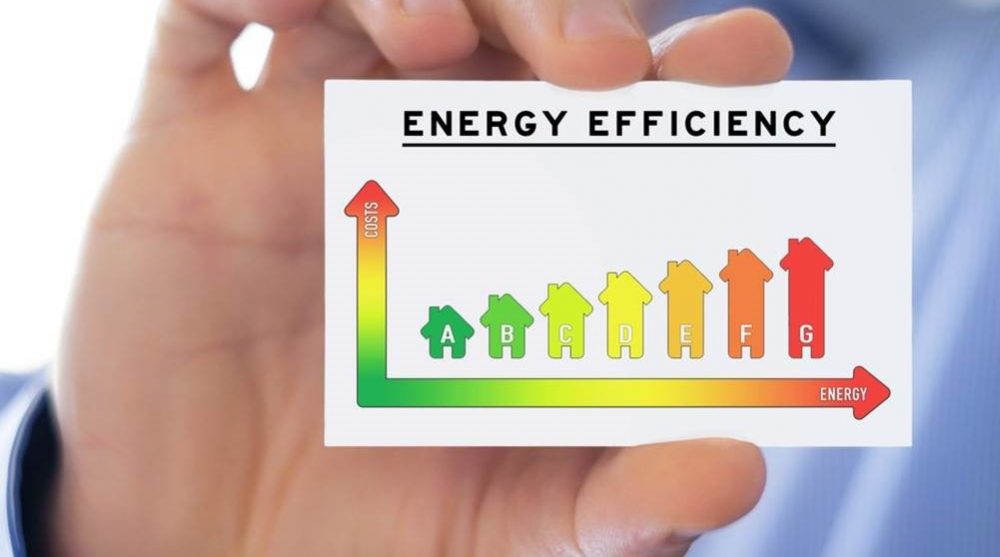
Energy Efficiency Directive (EED)
As part of the ‘Fit for 55’ package the Commission published its Communication on Energy Efficiency Directive Recast (COM(2021) 558). The proposal raises the level of ambition of the EU energy efficiency target and makes it binding. The Energy Efficiency Directive requires Member States to collectively ensure that energy consumption is reduced by at least 9% by 2030 compared to the 2020 reference scenario. This 9% target is equivalent to the 39% and 36% energy efficiency targets for primary and final energy consumption included in the Climate Target Plan, but is simply measured against updated baseline projections made in 2020. The new target corresponds to a maximum primary energy consumption of 1023 million tonnes of oil equivalent [Mtoe] and final energy consumption of 787 Mtoe by 2030. Final energy consumption represents energy consumed by end-users, while primary energy consumption also includes what is used for the production and supply of energy.
Member States will contribute to achieving the overall EU target through indicative national contributions based on benchmarks of a combination of criteria, which reflect each country’s national circumstances. These include energy intensity, GDP per capita and energy savings potential to complement the fixed rates of energy reduction. Enhanced ‘gap-filling mechanisms’ will be triggered when countries fall behind in delivering their national contributions.
Energy efficiency gains across the economy will count towards the headline Energy Efficiency Directive target of 9%, including those achieved as a result of faster deployment of renewables, more ambitious CO2 standards for cars and ETS application to new sectors. In addition, the proposal nearly doubles the annual energy savings obligation which needs to be met individually by all Member States in addition to the savings they achieve through the implementation of EU legislation. Member States will be required to achieve new savings of final energy consumption of at least 1.5% each year from 2024 to 2030, up from current 0.8%. This is an important instrument of the Energy Efficiency Directive, helping to drive active energy savings in end-use sectors such as buildings, industry and transport, and therefore contributing to the overall EU target. The revision of the Energy Performance of Buildings Directive (EPBD) later this year will also look at introducing minimum energy performance standards that are effective in addressing renovation in the context of split incentives.
The EED has is a strong focus on renovating the built environment for energy savings, social housing and raising consumer awareness on available financing and latest technologies. That is indeed of great potential for wood-based panels especially for insulating the external envelopes (roofs, walls and floors) of both residential and tertiary buildings especially while bearing in mind the emphasis on nature-based materials such as wood within the framework of the Renovation Wave Strategy and the New European Bauhaus initiative.
- EP Text Adopted revision of the Energy Efficiency Directive
- COM(2021) 558 – EED Recast
- 2020-70 EPF Feedback on the Inception Impact Assessment on EU energy efficiency directive (EED) evaluation and review
- EPF Response – Public Consultation on the Review and the Revision of Directive on Energy Efficiency

